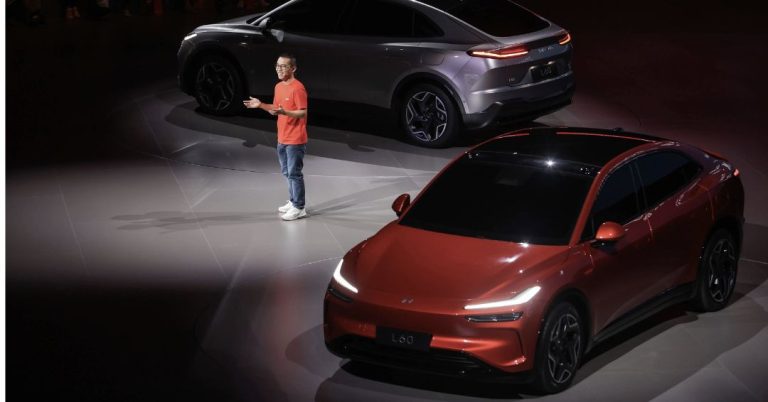UK retailers are bracing for a significant cost increase in 2025, estimated at £7bn, due to higher employer national insurance contributions, the rise in the national living wage, and new packaging levies introduced in the government’s recent budget.
The British Retail Consortium (BRC) and industry leaders have estimated an average 4.2% rise in food prices in the latter half of the year, while non-food items are likely to see price rise in line with inflation at 2.6%.
Helen Dickinson, the chief executive of the BRC said,
As retailers battle the £7bn of increased costs in 2025 from the budget, including higher employer national insurance, national living wage, and new packaging levies, there is little hope of prices going anywhere but up.
“The government can still take steps to mitigate these price pressures, and it must ensure that its proposed reforms to business rates do not result in any stores paying more in rates than they do already,” she added.
The rising costs stem from fiscal measures announced in Rachel Reeves’s October budget, which include hikes in national insurance and a significant increase in the national living wage.
Additionally, new packaging levies will add further expenses.
Next raises prices, Tesco and M&S refrain
Fashion and homeware retailer Next has announced a 1% price increase for 2025, citing a £67m rise in wage costs.
The company is among the first to signal price adjustments to offset higher operating expenses resulting from the government’s fiscal policies.
M&S is facing an extra £120 million ($148 million) wage and tax bill. Chief Executive Officer Stuart Machin has previously vowed to absorb the costs, saying its supermarket division had no plans to raise prices.
The retailer said Thursday that the outlook for economic growth, inflation, and interest rates is still uncertain and it faces higher costs, but it will make further progress with its turnaround plan this year.
As the UK’s biggest private-sector employer, Tesco is expected to face the largest bill from the payroll tax increase, though it has said it will offset as much of the budget’s impact as it can through cost savings and automation.
Despite this, temporary price reductions during the holiday season provided some respite for consumers.
The BRC-NielsenIQ shop price index reported a 1% fall in prices during December, driven by Black Friday discounts.
However, these short-term cuts masked the broader inflationary trend.
Inflationary pressures persist as consumer costs climb
While December brought some relief, with lower inflation compared to the previous year, rising costs for essentials like food and skincare products pushed household spending on festive groceries to record highs.
Kantar’s data showed food price inflation reaching 3.7% in December, the highest since March.
Supermarkets, including Tesco, Sainsbury’s, and Lidl, reported strong sales during the holiday season but are expected to carefully manage inflationary pressures in 2025.
“Food inflation is going to build in the UK in 2025,” said Clive Black, the head of consumer research at Shore Capital, which like the BRC is forecasting inflation of more than 4% by December.
Despite the increased costs faced by retailers, “the supermarkets will seek to remain shoppers’ champions”, Black said, predicting that the trading environment will remain competitive.
Calls for government action grow louder
With inflation steadily climbing since mid-2024, retailers warn of its long-term impact on consumer spending.
Mike Watkins, head of retailer and business insight at NielsenIQ, noted that “higher household costs are unlikely to dissipate anytime soon,” urging retailers to navigate these challenges while maintaining competitive pricing.
The BRC and industry leaders are calling on ministers to take decisive steps to alleviate tax burdens and reform business rates to ensure sustainable operations for UK retailers and protect consumers from further price hikes.
The post UK retailers warn of price hikes in 2025 as £7bn cost surge looms appeared first on Invezz










